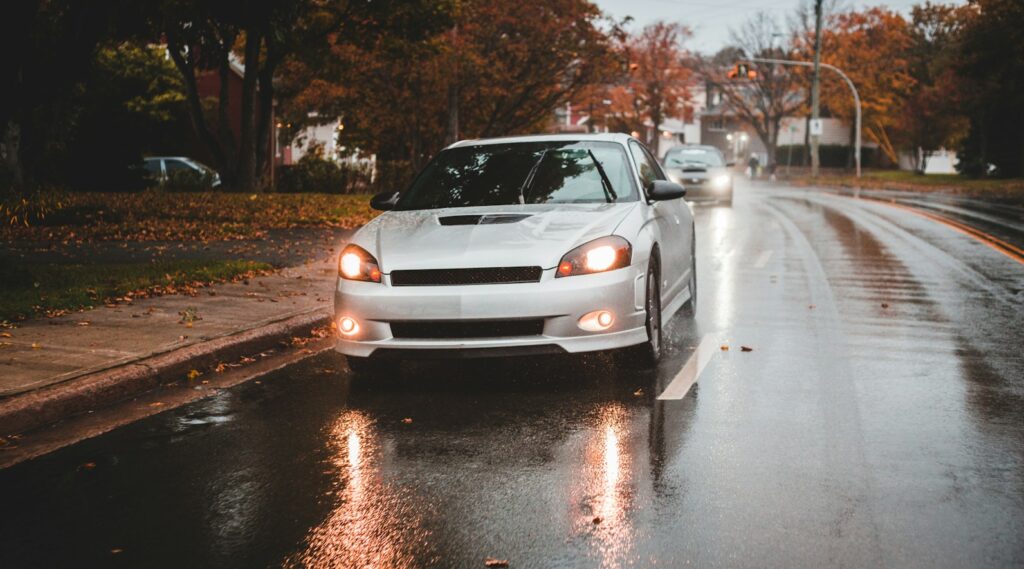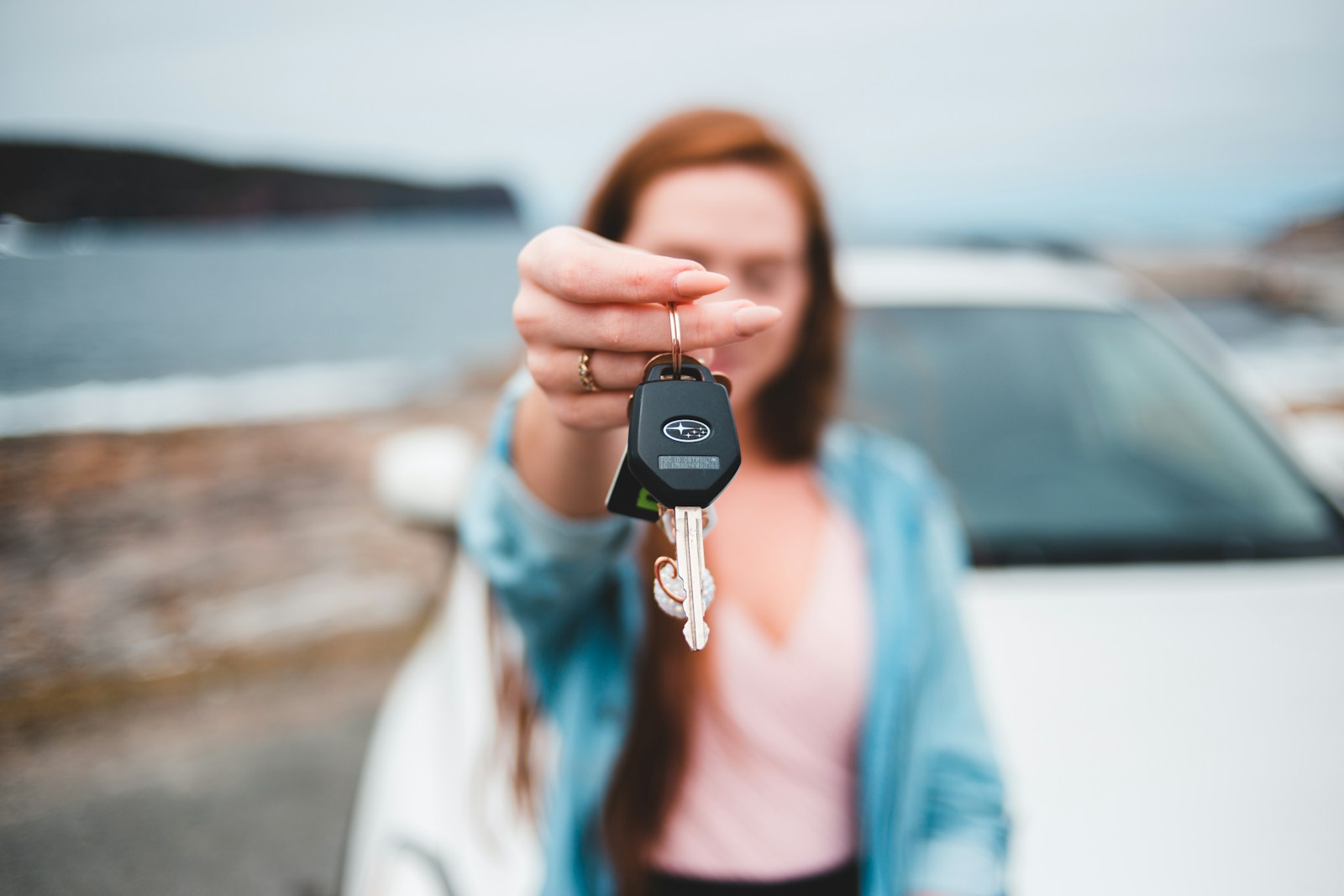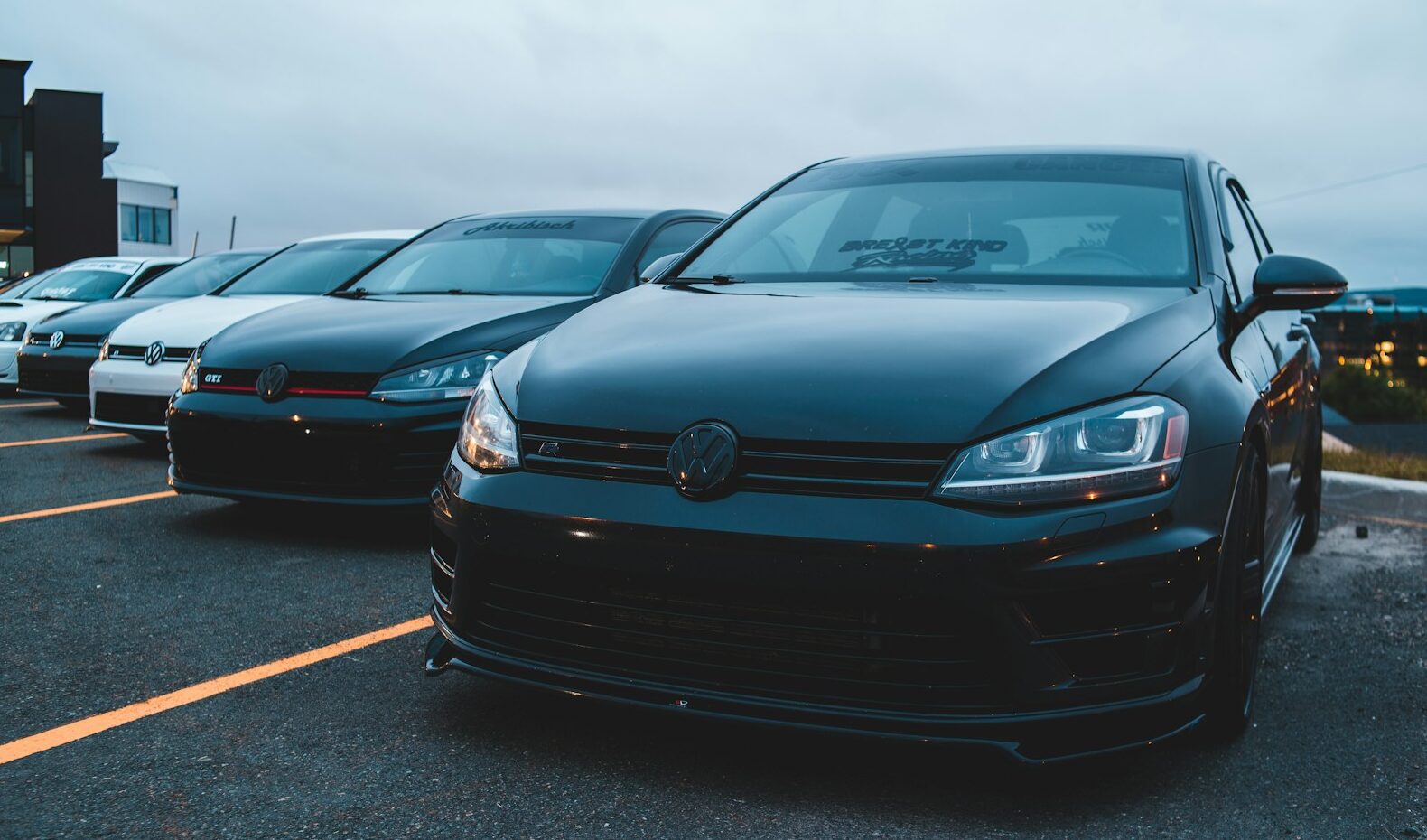Used car demand jumps in 2025. Prices stay high, so profit windows open for anyone who can buy low and fix smart. Here’s the trap, though: you overspend on repairs, you kill your margin. Simple.
So what’s the play? Focus on cost‑effective, value‑adding repairs with high ROI. Skip the ego builds. Want a steady profit per flip? Stick to math, not emotion.
Why Repair Strategy Matters in Car Flipping

Your profit = sale price − purchase price − repair cost. Miss that, and the deal bleeds cash.
Data backs the smart path: preventive maintenance posts ~545% average ROI, while emergency fixes can cost 3–9× more. Why pay retail for panic work?
Your job is to tag each fix as value add or money drain. Ask: does this repair move resale value, buyer trust, or time to sell? If not, drop it.
The Most Profitable Repairs for Car Flips
A) Cosmetic Upgrades
Deep clean and detail
Cheapest move, monster payoff: 200–1,900% ROI. Odor removal, steam clean, stain lift, trim revive. First impressions sell cars. Obvious, right?
Paint correction and touch‑ups
Oxidation, swirl marks, faded clear coat, buff, polish, spot paint. You lift curb appeal fast without a full respray.
Headlight restore (<$50)
Cloudy lenses scream “neglect.” A quick restore sharpens the look and boosts night safety. Buyers notice.
Minor dent and scratch fix
PDR, smart repair, bumper scuff spot work. Low cost, high perceived value. Why let a $100 scar shave $500 off your ask?
B) Simple Mechanical Repairs
Brake pads and rotors
Fresh brakes calm buyer fear. Parts cost stays low, trust bumps up, test drives feel tight.
New battery
No one wants a no‑start headache. A fresh battery removes doubt for $100–$180.
Oil and fluid change
Clean oil, new filters, fresh coolant and ATF show care. You also head off future issues. Preventive beats reactive.
Basic suspension parts
No squeaks, no clunks. Bushings, links, tie rods, cheap parts, big drive feel upgrade.
C) Functional Essentials
Kill the check engine light
Often a cheap sensor, loose gas cap, or coil. A lit CEL slashes buyer confidence and resale value. Clear the dash before you list.
Replace wipers, bulbs, fuses
Pocket change, instant pass on basic safety checks. Why risk a fail for $15 parts?
Tires: rotate or replace
Bald tires scare buyers. Use good used sets or budget new rubber to pass inspection and boost trust.
D) Strategic Repairs (Only When the Math Works)
Head gasket, fuel pump, timing belt
Touch these only if resale value and comps support it. You know the rule: numbers first.
Minor engine/transmission work
Run the 50% rule: if the repair cost tops 50% of after‑repair value, walk. Need a profit, not a project. Make sense?
Quick takeaway:
Flip cars for profit by targeting high-ROI, value-adding repairs: deep clean, paint touch‑ups, headlights, brakes, fluids, and easy CEL fixes. Use the 50% rule to dodge bad engines and gearboxes. Preventive maintenance wins. Emergency work drains cash. Want a full, step‑by‑step playbook with checklists and ROI calculators? Say the word.
IV. Repairs That Are Not Worth It
Major engine or transmission rebuilds drain profits. Why? These jobs often cost more than half the car’s resale value. Unless you buy a dirt-cheap car and do the work yourself, you lose money fast.
Advanced electrical faults eat cash through endless diagnostics. A failing ECU or wiring harness costs more than most buyers will pay. Why chase problems that won’t return profit?
Heavy frame or structural damage scares buyers and insurers. Even with a solid repair, a branded title kills value. Would you pay top dollar for a car with frame history?
Luxury feature repairs, like a broken sunroof, faulty navigation, or dead infotainment, rarely add enough value to cover their price. Skip them unless the model demands it.
Repair ROI and Market Data (2025)
The numbers prove where the money lies:
| Repair/Upgrade | Typical Cost (USD) | Avg. Value Added (USD) | ROI |
| Deep Cleaning/Detailing | $50–$300 | $400–$1,000 | 200–1,900% |
| Paint Correction/Polish | $100–$500 | $400–$1,500 | 100–1,400% |
| Headlight Restoration | $30–$80 | $150–$300 | 250–900% |
| Brake Pad/Fluid Service | $150–$400 | $400–$800 | 100–430% |
| Battery Replacement | $100–$180 | $150–$250 | 40–150% |
| Used Tire Replacement | $200–$400 | $500–$1,000 | 25–250% |
Average profit per flip lands between $1,200 and $3,000, depending on the vehicle and market.
The used car market gained +42% appreciation from 2020 to 2025, opening wider profit margins.
The average flip turnaround is about 17 days from purchase to sale when you prep the car right.
Tips to Maximize Your Flipping Profits
Buy smart. Profit always starts at the deal. You must find undervalued cars with simple, high-margin problems. Skip clean titles with big issues. Chase the ones most people overlook, think smelly interiors, faded paint, or a dead battery.
Use the 50% rule. If an engine or transmission fix costs more than half of the resale value, walk away. Why tie up cash on a risky flip? Stay strict with your math.
Target high-demand models. Stick with proven sellers like the Toyota Corolla, Honda Civic, or Mazda 3. These sedans hold value, parts stay cheap, and buyers trust them. Bonus: local junkyards and online forums flood you with used parts and how-to guides.
Keep repair records. Show buyers what you fixed. A folder with receipts, oil change history, and new parts builds confidence and makes your asking price feel fair, even firm.
Prioritize preventive maintenance. Oil changes, fluid flushes, and basic upkeep often bring a 545% ROI. Plus, they help you avoid costly breakdowns before resale. Why leave easy money on the table?
Frequently Asked Questions (FAQs)
1. Which repairs add the most resale value when flipping cars?
Focus on cosmetic upgrades (detailing, paint correction, headlight restore) and basic maintenance (brakes, battery, oil/fluids, CEL fixes). These deliver ROI from 200–1,900%, excite buyers, and speed up sale cycles.
2. Are engine or transmission rebuilds ever worth it?
Rarely. Major mechanical work usually costs more than 50% of the car’s resale value, it kills margins unless the vehicle is very cheap or salvage-priced and repairable.
3. How much can I profit per flip on average?
Most flips yield $1,200–$3,000 net profit, depending on local demand, car model, and how well you manage repairs and presentation.
4. What is the “50% rule” in car flipping?
If a repair cost exceeds 50% of the car’s after-repair value, it’s a red flag. Walk away unless you can do the work cheaply yourself.
5. Is flipping salvage-title cars profitable?
Maybe. Salvage deals offer low entry cost, but hidden damage and legal hurdles (e.g. branded titles) reduce resale value by 60–70% compared to clean-title cars, proceed only with due diligence. CarParts+15AutoBidMaster+15carflipping.com+15Wikipedia
6. Which car models work best for flipping?
Stick with high-demand, reliable makes like Toyota Corolla, Honda Civic, and Mazda 3. They offer ease of repair, strong resale, and good parts availability. REREVCarParts
7. Do state laws limit how many cars I can flip per year?
Yes. Most U.S. states cap flips at 3–15 cars a year before you must register as a dealer or get a retail license. Swoopa+3carfliptool.com+3carflipping.com+3
8. How do I use preventive maintenance to increase profit?
Small services like oil and fluid changes yield strong ROI (around 545%) while boosting buyer confidence and avoiding breakdowns that scare off buyers.
9. What common mistakes should I avoid as a beginner flipper?
Key pitfalls: underestimating repair costs, ignoring title issues, skipping test drives, and failing to document repairs. Learn from mistakes and refine your flips continuously. the-sun.com+15autoflippro.com+15thesun.co.uk+15
10. Are there legal or tax obligations when flipping cars?
Yes. You must pay sales tax when titling cars and report your profits as taxable income. Frequent flippers should track expenses and income for IRS reporting. carflipping.com+4legalclarity.org+4the-sun.com+4





